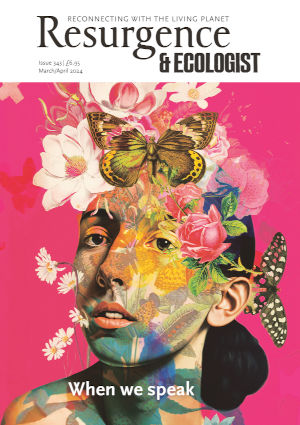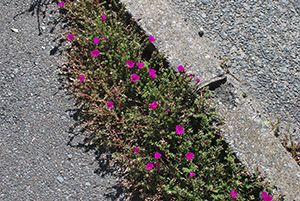It’s obvious that the more trees there are in an urban area, the cleaner the air is likely to be, making that region a nicer place to spend time. Parks remain some of the most popular destination places in cities for both residents and visitors, whether for taking a walk on London’s Hampstead Heath or eating an ice cream in Harrogate’s Valley Gardens.
Now researchers at the University of Melbourne have shown that planting in urban areas can have a positive effect on the biodiversity of that region in just a few years, and that the choice of plants makes a huge difference to the insects found there, even in the short term.
What is less often considered by garden owners and gardeners is the way their own smaller spaces can be used to help maximise biodiversity and how even a small patch of ground in a city can be transformed into a space that welcomes wildlife, especially when the planting itself is diverse.
A study led by Australian ecologist and entomologist Luis Mata builds on the results of research showing that indigenous plants are particularly good at encouraging biodiversity. Mata and his team sowed indigenous seeds in a small space in Melbourne that was previously what they described as a “disturbed lawn with just a single tree on it” and changed it into a rich and diverse plant community. Within three years they reported a huge range and number of insects. In fact, all the species that they had predicted would be encouraged into that space were now present.
Indigenous plants are those that were there before human settlement. Of course, encouraging biodiversity in urban areas is something of a paradox because any urbanisation is never good for insects, and no urbanisation at all would be the best scenario. That said, there are always small areas of green space within cities that can be used to foster biodiversity.
“Bringing back species diversity should take a really long time, but this study is concrete evidence that it can happen in just three years,” says Mata. “It’s a great incentive for urban gardeners to think, ‘I could plant something here that encourages diversity, as well as creating a beautiful space.’
“In this study, 10 indigenous plant species found in Melbourne were thought to be those that encouraged the most insect activity and therefore biodiversity. Some of the insects show up for a variety of plants, while some are unique to certain plants. So with a range of plants, we end up with a greater range of insects.
“We used an ‘interaction approach’, which simply means we look at the number of interactions between insects and plants. After three years we found a more complex, interesting, fine-tuned integration between plants and insects than at the beginning. This ‘ecological depth insight’ gives us more information than just a count of the number of insects.”
The team’s research, which sends a signal to local governments everywhere that it is possible to change a little pocket of green and attract biodiversity quickly, was funded by the city of Melbourne. A new study by the team is being carried out on a different city site and is looking specifically into the biodiversity of butterflies and bees with indigenous planting. The results are expected later this year.








